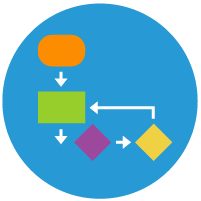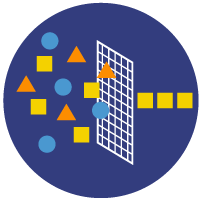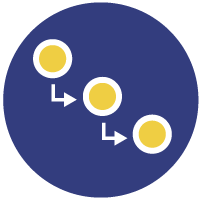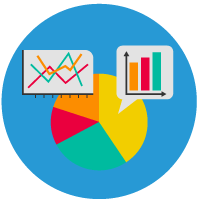Integrating computational thinking into other subjects, such as arts, English language arts, math, science, and social studies, is essential to provide greater access to computing opportunities for students and can promote understanding of concepts in each discipline. This is a resource to support educators with examples of computational thinking integrated lessons which can be filtered by CT skills/practices, grade, and discipline.

Students are introduced to programming and examine storytelling elements in the context of telenovelas, Spanish language soap operas. Using acting, scripts, and programming students compare elements of acting to Scratch and examine the telenovela script to identify where elements exist within the Scratch programming scripts. Source: PiLa CS Educator Resources

Students explore place value using a programming microworld. Using repeat loops, students explore expanded notation and rounding and adjusting through a series of guided explorations. Source: EDC Math + Programming

Students collaborate to develop a 3D model of a house using a 3D modeling program. Using decomposition and abstraction, students identify the client needs and the parts of their 3D model. Source: K-8 Integrated CS CT Lessons

Students use computational thinking skills to understand systems such as how animals get energy, ecosystems, and how plants get the energy they need to grow. Students create animations in Scratch modeling the processes. Source: K-8 Integrated CS CT Lessons

A cohesive set of unplugged and computer-based lessons integrating computational thinking into 3rd grade math lessons about fractions. The Action Fractions curriculum includes lesson, assessments, and a culminating project. Source: Action Fractions

A cohesive set of unplugged and computer-based lessons integrating computational thinking into 4rd grade math lessons about fractions. The Action Fractions curriculum includes lesson, assessments, and a culminating project. Source: Action Fractions

Students sequence a robot (Beebots) to move to the location of different things that animals need to survive (e.g. food, air, water, shelter) based on a narrative story. Source: KIPP K-4 Amplify+ CT Units

Students interpret a constitutional amendment through the lens of four well-known algorithms or methods of interpretation used in the Judicial Branch. Source: iCT Computational Thinking Building Blocks

By examining data and data visualizations, students will learn about how food in North America has changed over time. Source: Bootstrap & KIPP: Data Science in Social Studies

Students analyze A Midsummer Night’s Dream using the web application Voyant Tools, to make predictions about the text and compose a mixed literary analysis by reading an excerpt from the text and supporting claims with quantitative evidence. Source: iCT Computational Thinking Building Blocks